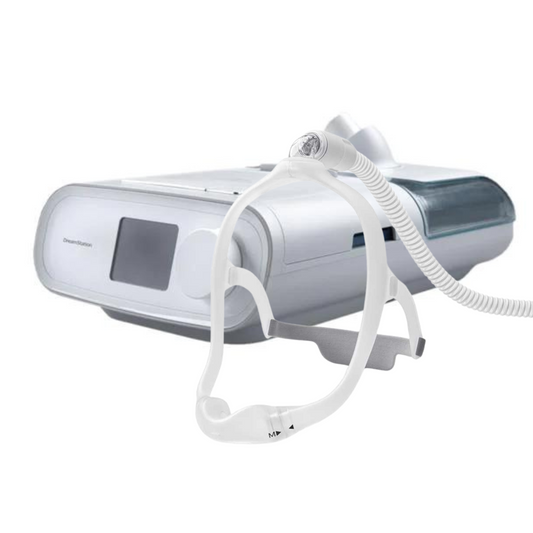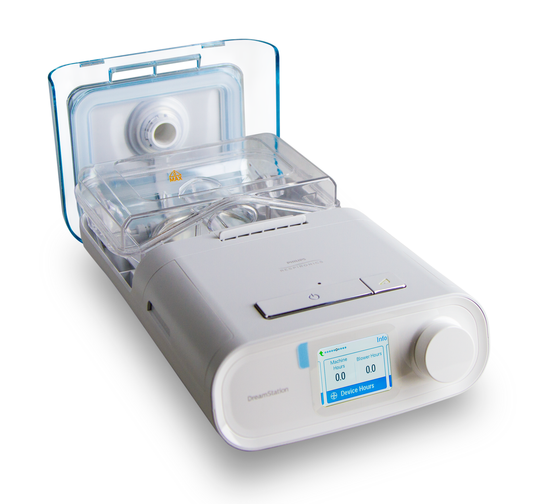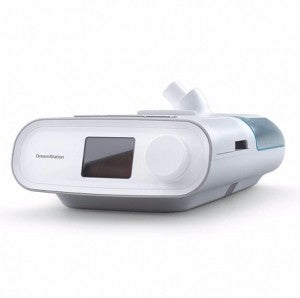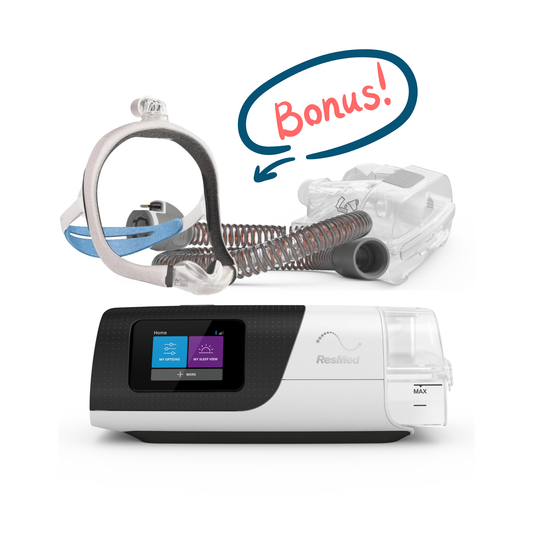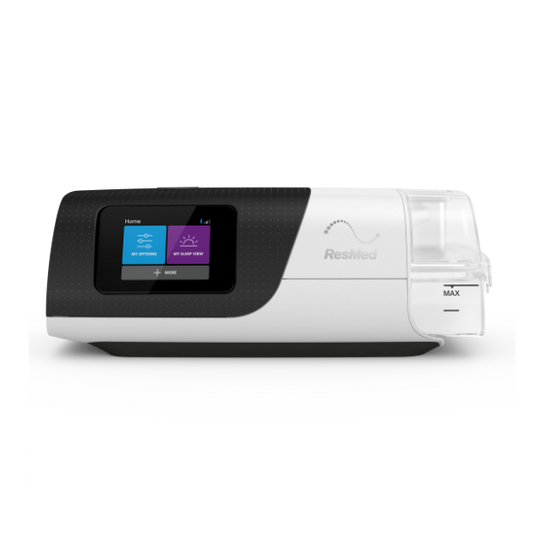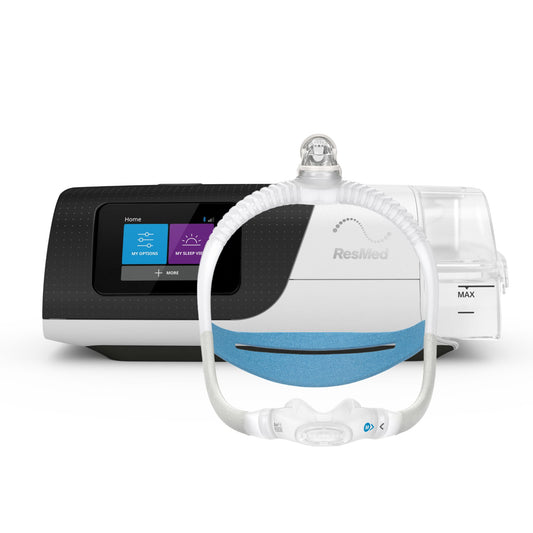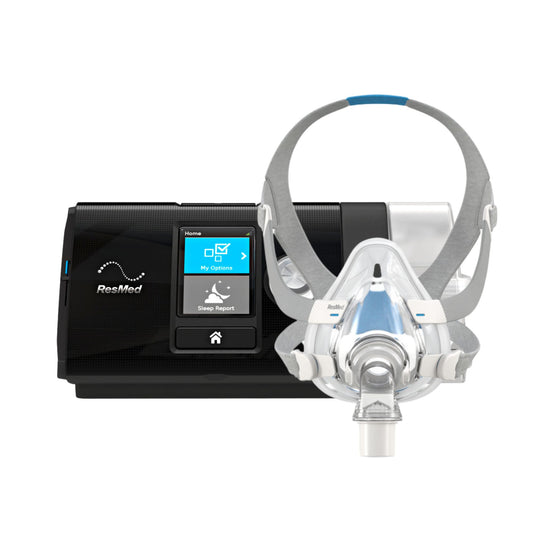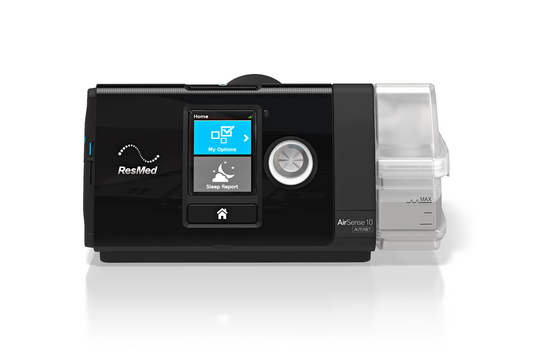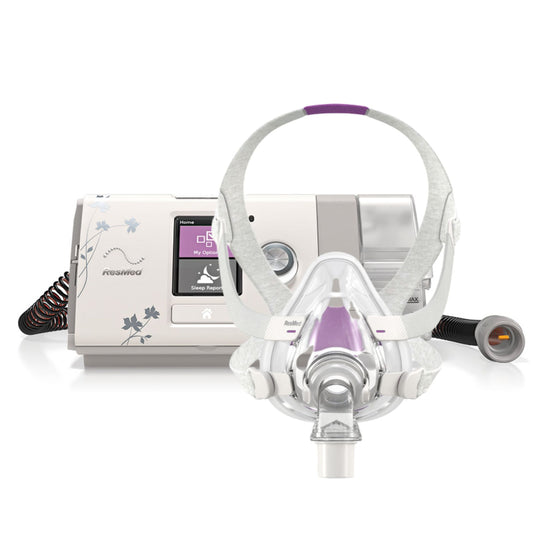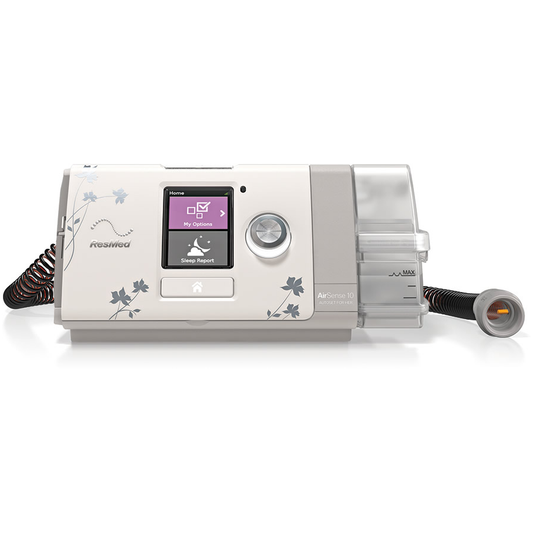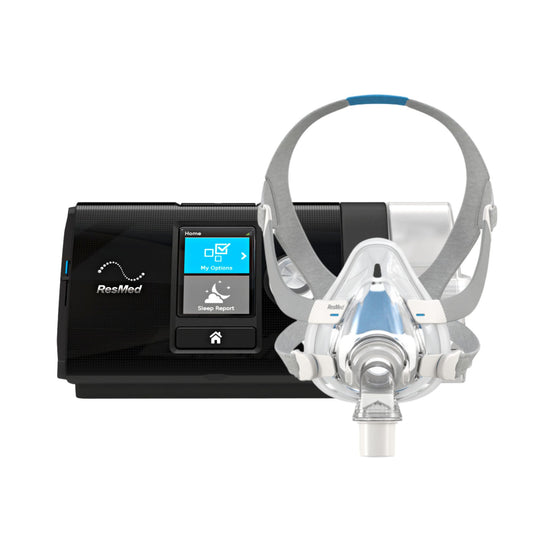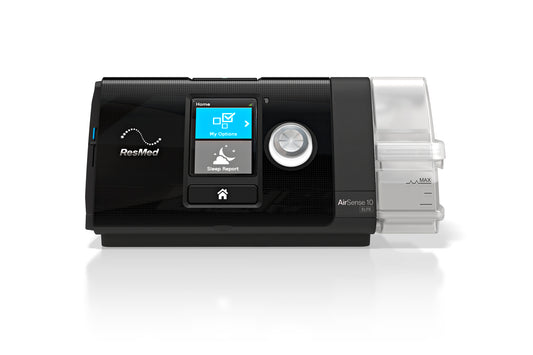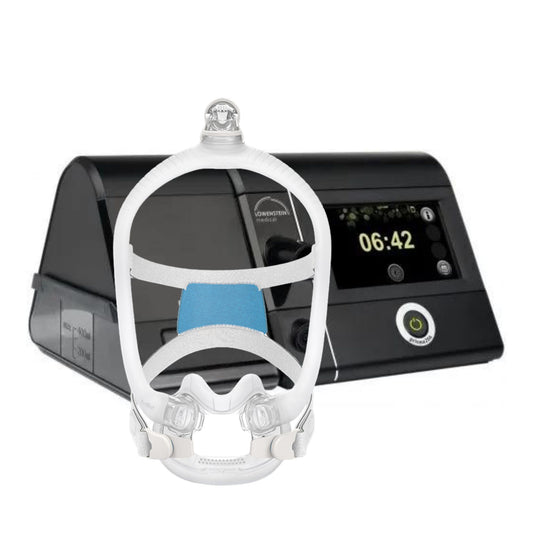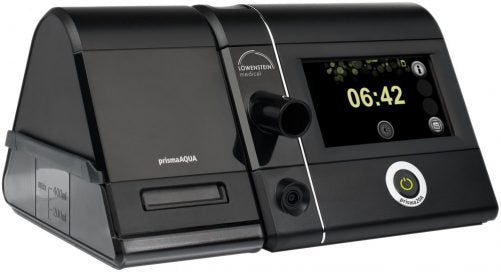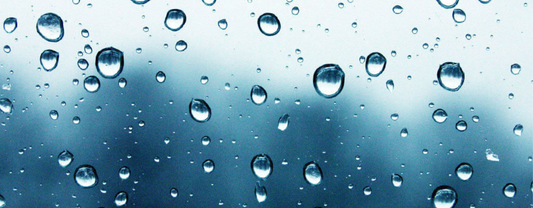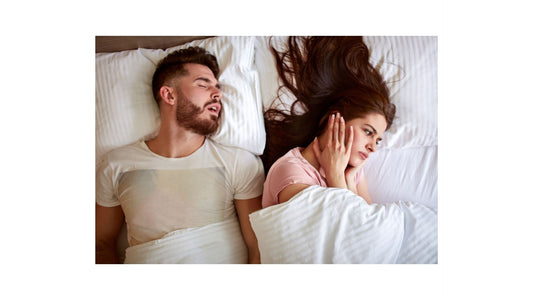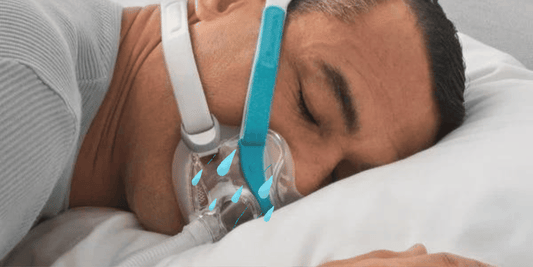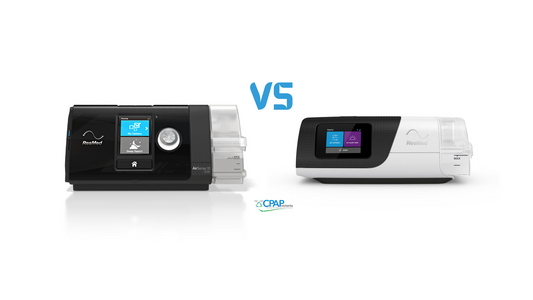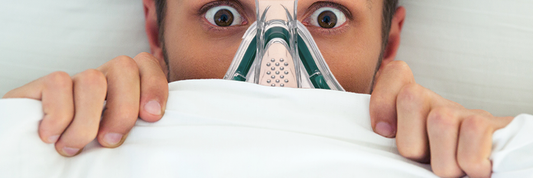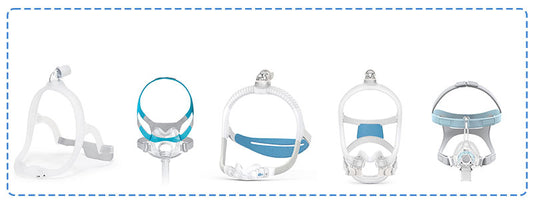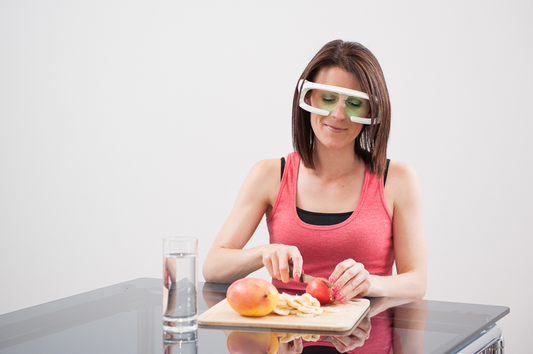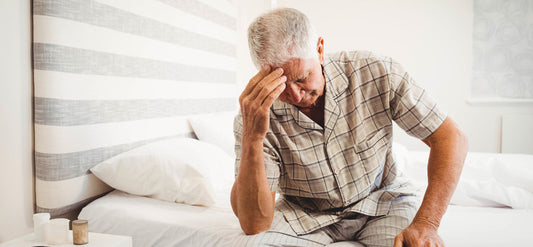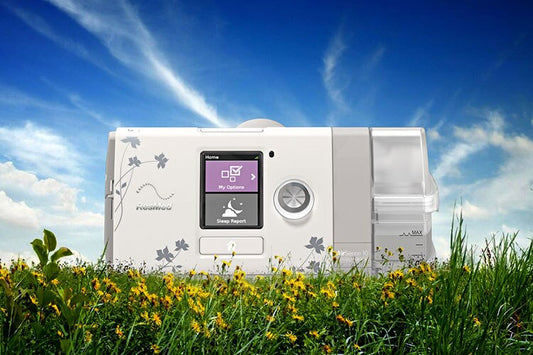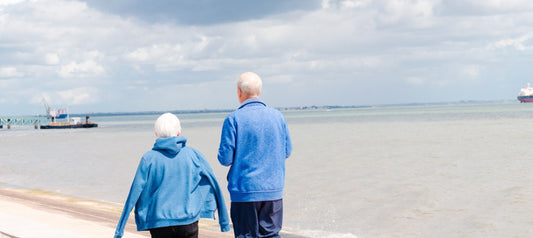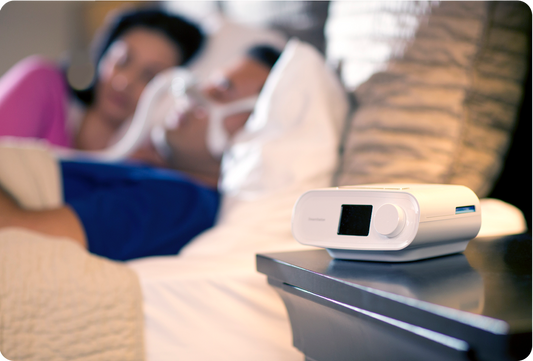OSA patients generally require a period of adjustment to tolerate CPAP therapy. This entails tolerance of the CPAP mask on the patient’s face and the presence of air pressure delivered by the CPAP machine. Some patients get used to the CPAP machine in not time whereas there are those who take a longer time of adjusting to the machine. The best advice for OSA patients new to CPAP therapy is to not give.
Some of the more common problems one can expect in CPAP therapy are trouble falling asleep, leaky mask and a dry mouth or nose. As tolerance builds up and adjustments on the pressure and mask are made, these irritants will no longer be problems.
Common CPAP Problems and Solutions
Wrong style or size of mask -There are various sizes and styles of CPAP masks available. A patient has to make sure that the CPAP mask suits and fits him. As no two persons have the same size and shape of face, so what works for one does not mean will work for the other. There are full face masks with straps and there are nasal pillows that fit just under the nose. The choice of mask really depends on the patient.
A related problem is getting used to wearing the CPAP mask. To resolve this, a patient should try wearing the mask for short periods while awake and doing routine activities such as reading or watching TV.
Difficulty in tolerating pressurized or forced air - A ramp feature on the CPAP machine allows the patient to adjust the air pressure to the lowest setting then an automatic gradual increase of pressure to the prescribed level as the patient goes into deep sleep. If this feature is not acceptable to the patient, another form of therapy such as Bi-PAP may be considered.
A related difficulty is feeling claustrophobic while wearing the mask. A solution is to hold the mask and hose up to the face without the straps. As the patient gets used to the feel of the mask and hose on his face, he should attach the mask and hose to the machine set on low-pressure while awake. After getting comfortable with the device, he should try sleeping with it on.
Dry mouth and stuffy nose - If this problem is encountered, the patient should consider getting a CPAP device with a heated humidifier. The use of a nasal saline spray at bedtime is also an option. A patient who breathes through his mouth while sleeping or sleeps with an open mouth will definitely experience dry mouth. He should consider a chin strap to keep the mouth closed. The strap will also lessen air leak if he is wearing nasal mask. Sometimes, a full-face mask that covers both mouth and nose works best against dry mouth and stuffy nose.
Other minor concerns could be the noise produced by the CPAP machine, and the possibility of removing the mask while asleep.

The use of a CPAP device could be quite frustrating but when an OSA patient undergoing such treatment gets used to it, the benefits are multiple.
Going back to the question, the simplest and most straightforward answer to this question is: If you and your partner have been experiencing restful and snore-free nights, and are fresh and wide awake in the morning, then the CPAP machine is really working.
For enquiries and information regarding OSA and CPAP therapy call CPAP Victoria now at 1300 750 006.
